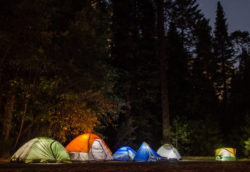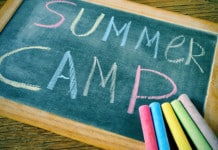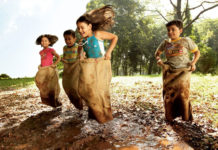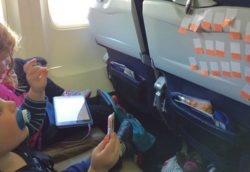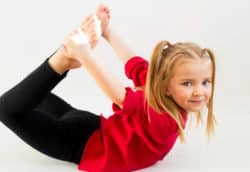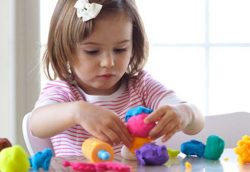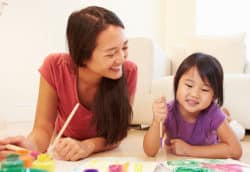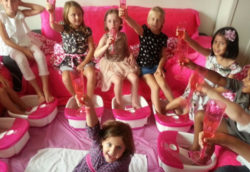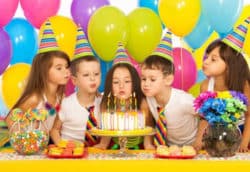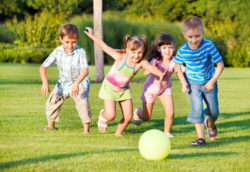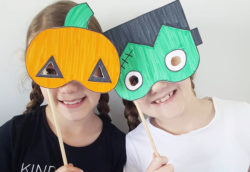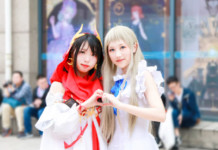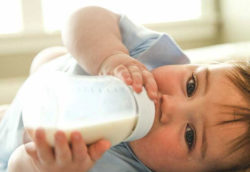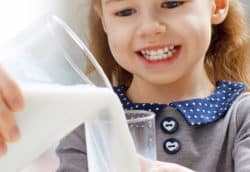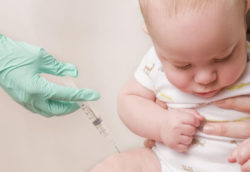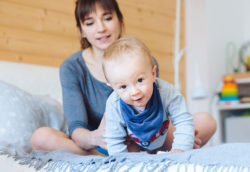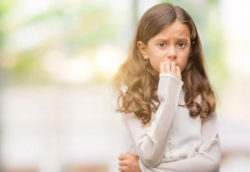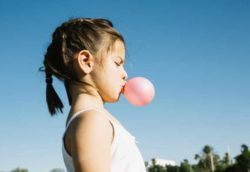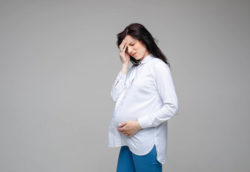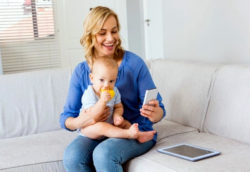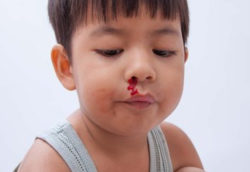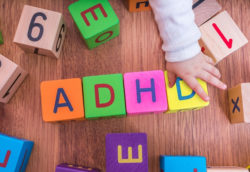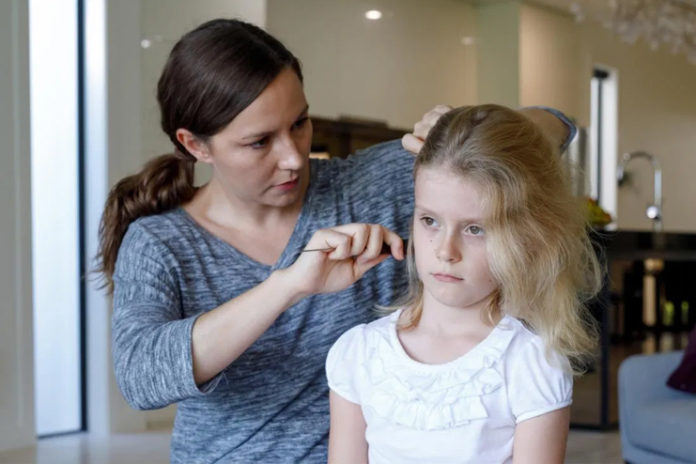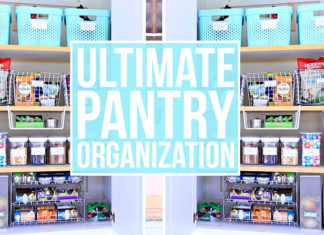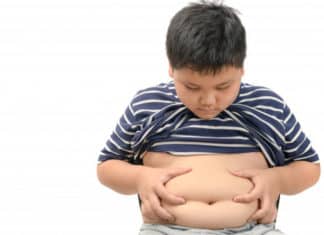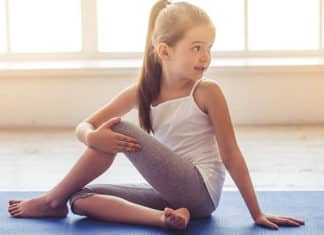Kids love hair styles but, these days most of the kids are facing hair loss. hair loss is common in the adults when they reach the particular age, but hair loss in the children may alarm their parents especially when they notice bald spots or thin hair. it is easier to control and get back the lost hair in children when compared to the adults once the underlying issue is diagnosed.
It is normal for the children to shed away some hair each day. Hair also require good nutritional similar to the all the organs. Scroll down to know more about the causes of hair fall and home remedies to get rid of it.
What is Hair loss?
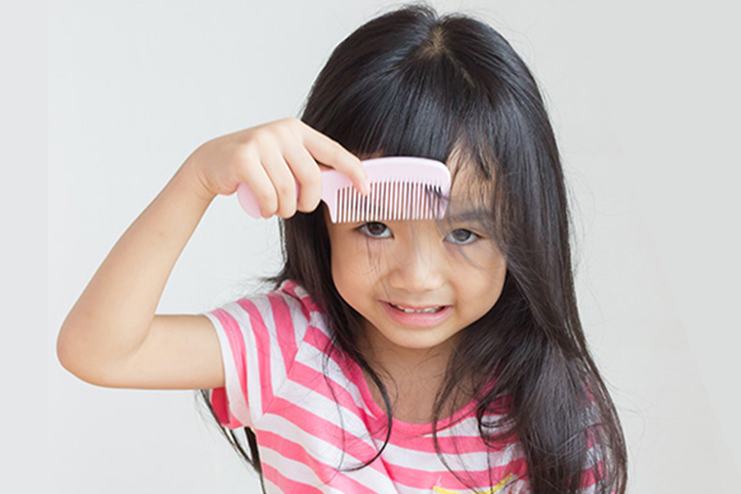
It is the condition where the thinning of the hair starts on the scalp. The medical terminology for the hair loss is alopecia. It can be temporary or permanent. Hair loss occurs gradually and is referred to as Androgenetic Alopecia. The combination of hormones and genetics develop this condition.
Other types of hair loss include alopecia areata, telogen effluvium, and traction alopecia. Hair loss usually occurs with the age in both men and women and is mostly known to be pronounced in men.
What Causes Children’s Hair To Fall Out?
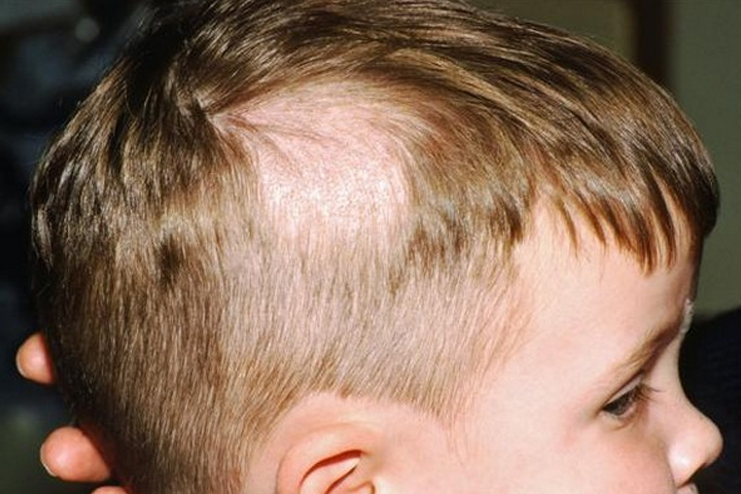
Hair fall is more common in children but, the reasons may be different from those of the onset of the adult baldness. Hair loss in children may be the result of infection or underlying medical conditions. Pediatrician or pediatric dermatologist should be able to diagnose the root cause for the hair loss and prescribe the appropriate treatment.
Here are a few causes of hair loss in children:
1) Hair shaft structural abnormalities:
Hair shaft is the part of the hair that you can see above the scalp. It is made up of the protein called Keratin.
Structural abnormalities of the hair shaft are one of the reasons for the hair loss in children. It makes the hair to break, brittle, and dry easily. This can be diagnosed by the pediatric dermatologist by looking the hair under the microscope.
2) Tinea capitis:
This condition is more commonly known as ringworm of the scalp. It is a fungal infection usually seen in children.
Signs:
It can be diagnosed in a number of ways. You can notice the hair loss in the form of scaly patches on your child’s head. These patches can be of round or oval shape. This condition makes the hair to break off at the surface of the skin which looks like black dots on the scalp. It usually appears in the toddlers and school age children.
Treatment:
If your child is suspected with Tinea Capitis, a microscopic diagnosis can confirm the condition. treatment involves giving offering the oral antifungal, like griseofulvin for eight weeks. These children are recommended to use the antifungal shampoo such as selenium sulfide, or ketoconazole to minimize the shedding of the infections on the scalp.
Your child is not supposed to share any objects that touch the head such as hats, pillow cases, hair clippers, combs, or brushes as it is highly contagious.
3. Alopecia areata:
It is a condition in which hair loss is stimulated by the attack of hair follicles by the body’s immune system. It may result in the total baldness and very thin hair in the rare cases. This condition may make some children to lose their eye brows and eye lashes. The left over bald spots appear smooth and skin colored.
Signs:
Under this condition children may experience the coin sized patches of hair falling out from the scalp. These children also experience flares, periods of hair fall out followed by the periods of regrowth. The pattern of the hair loss associated with this condition may vary from person to person.
Treatment:
There is no treatment for alopecia areata but, some treatments help to minimize the symptoms. There are no specific drugs to treat alopecia areata, doctors prescribe off the label drugs that help to prevent the hair follicles from being attacked. In some other cases, light therapy is used to stimulate the hair growth.
In some other cases, child may experience the hair fallout soon after the treatment is stopped. So, the treatment is required for the child even after the symptoms disappear.
4. Trichotillomania:
It is a form of obsessive compulsive disorder that make the children to pull out their hair. kids get into the activity of hair pulling unconsciously.
Signs:
Kids with this type of condition encounter missing or breaking of the hair in the patchy areas.
Treatment:
The hair usually starts growing once the kids stop pulling their hair. cognitive behavior therapy will help the kids to be aware of the hair pulling. This therapy helps them to cope with the emotions that trigger the hair pulling so that they could be able to stop it.
5. Autoimmune causes:
A healthy immune system is known to defend the body against disease and infections. But, if the same immune system starts to malfunction, then it attacks the healthy cells, tissues, and organs. This is known as autoimmune disease, that can affect and weaken any part of the body and sometimes may turn life threatening. Scientists recognized 80 autoimmune diseases.
Signs:
Alopecia areata is a type of autoimmune disorder that results in the complete hair loss in round or oval patches located on the child’s scalp or near any other part of the body. The other types of autoimmune conditions are, alopecia totalis and alopecia universalis in which the hair loss is more extensive.
6. Nutritional deficiency:
Good nutrition is required for the healthy body. Lack of vitamins, minerals, and proteins may make the child to lose the hair. hair loss is one of the signs for the eating disorders including anorexia, and bulimia. It could be a side effect of the low protein diet.
Lack of the following nutrients may contribute to hair loss in children:
- Iron
- Zinc
- Niacin
- Biotin
- Protein
- Amino acids
too much of the vitamin A may also contribute to the hair loss in children.
Treatment:
Pediatricians suggest some healthy eating plan or some supplements to make up the nutritional loss.
7. Dandruff:
Skin conditions like eczema, acne, psoriasis, may cause the dead cells to build upon the scalp. It is not contagious or the sign of poor hygiene.
Signs:
Dandruff results in the flaky and itchy skin on the scalp. These flakes may be of white or yellowish in color. If this condition is not treated early results in the heavy hair loss.
Treatment:
Mild dandruff can be controlled by frequent shampooing and in the more severe cases, the doctor may recommend the medicated shampoo.
8. Hypothyroidism:
The thyroid is the gland situated in the neck. It releases the hormones that regulates the metabolism of the body.
Signs:
Diagnosis of the hypothyroidism is done by blood tests. Under hypothyroidism, body regulates the hormones that are not enough to carry out the proper metabolism of the body. Symptoms include:
- Weight gain
- Constipation
- Tiredness
- Dry hair or loss of hair all over the scalp
Treatment:
This condition can be controlled when the child is treated with the thyroid hormone medication. It can take few months for the hair to regain its normal growth. Medication prescribed by the endocrinologist will help to replace the deficient hormones.
9. Non medical causes of hair loss:
Most of the causes for the hair loss require the doctor’s attention. There are some other causes of the hair loss that can be resolved in their own over the time. These include:
A. Newborn hair loss:
Many newborns loss their hair during the first months of their life which can be replaced by the permenant hair in the later life.
Rubbing: Babies between the age of 3 to 6 months may experience the bald spots this occurs because of the friction with the crib mattress or car seat. The lost hair will appear to grow once your child starts to sit.
B. Hair Abuse:
Rigorous pushing or pulling of the hair into the tight pony tails or braids may cause severe damage to the hair and make it to fall out. Hair pulling is a cause of anxiety and its underlying cause should be treated. Being more gentle with the hair will help to grow it back with the normal pace. A child may benefit from the therapy, emotional, and social support or medication.
C. Chemicals:
Products that are used to bleach, dry, or straighten the hair may contain the chemicals that cause extensive damage to the hair shaft. Keep your young kid away from these products. This is one of the reasons for the lack of hair growth in children. Ask the hairstylist to recommend some kid’s friendly hair products.
D. Excess heat:
Excess heat from the dryers or straighteners may cause the severe damage to the hair. when you wish to dry your child’s hair, use low temperature setting. Minimize the heat exposure and protect your kid’s hair from the risk of drying.
E. Scalp injury:
Any injury to your child’s head may damage the hair follicles on the scalp. This is in turn results in the loss of hair at the site of injury. The hair regrows soon after the recovery of the injury.
Proper treatment is essential because when it is untreated may damage the underlying structures and cause the permanent hair loss.
Home Remedies for Hair Loss in children:
Here are a few home remedies for hair loss in children:
1. Aloe vera:
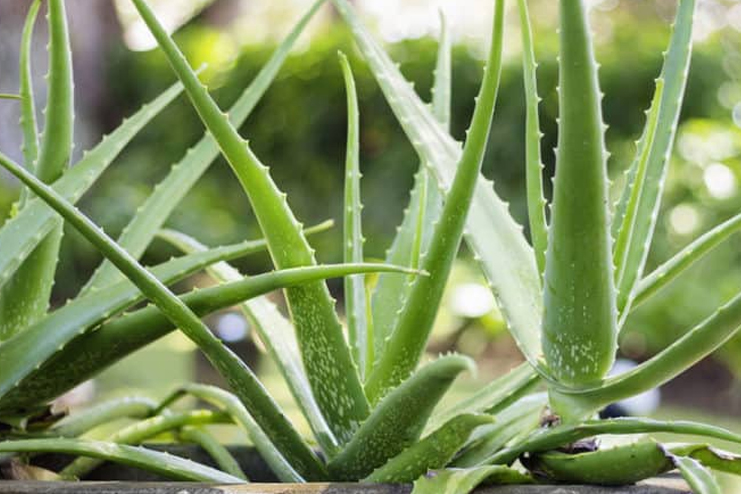
Aloe vera is rich proteolytic enzymes which is well known to repair the dead cells on the scalp. It helps to stimulate the growth of hair follicle and increases the volume of the hair. It also a good condition and leaves the hair shiny. Along with the hair growth, it helps to alleviate the symptoms of the itching on the scalp and dandruff.
How to use aloe vera for hair:
1. Peel off the outer layer of the aloe vera and extract about 2 tablespoons of aloe vera gel from it.
2. Whisk it well till you achieve the consistency.
3. Now apply it over the scalp of your child and massage well.
4. Leave it for about 15-20 minutes and rinse it off with warm water.
2. Eggs:

Eggs are well known home remedy for the hair growth and thickness.
They are source of various essential nutrients including proteins, vitamin B12, iron, zinc, and omega 6 fatty acids. It helps to enhance the hair growth and volume.
How to use:
1. Take a bowl and add egg with one tablespoon of olive oil. You can also use the coconut oil.
2. Whisk it well till you get the consistency.
3. Now apply this mixture over the scalp of your child start applying it from beginning to the end of hair strands and leave it for about 30 minutes.
4. Wash your hair with shampoo and cool water and make sure not wash your hair with the warm water.
3. Nutritious diet:
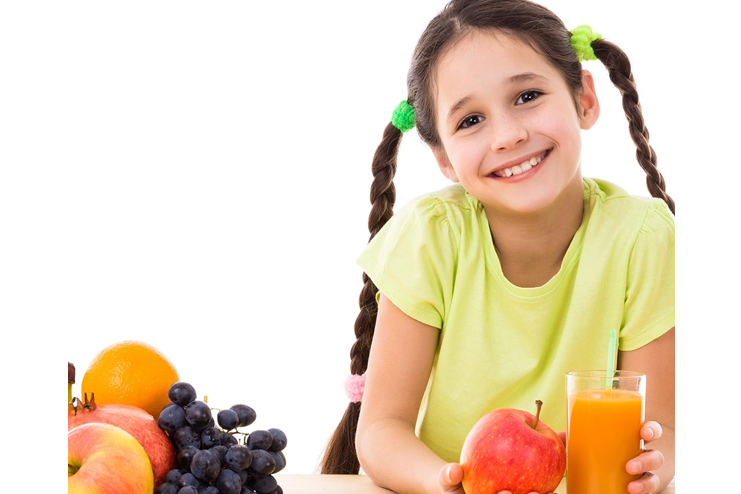
Foods that are loaded with vitamin A, C, zinc, and iron will help to aid the fail fall and strengthens the strands of hair. it helps to alleviate the vitamin deficiency which is the primary cause for the hair loss.
Here are a few nutritious foods that you should add them to your child’s meals:
- Carrots, being rich in Vitamin A provides excellent nourishment for the scalp.
- Prunes are rich in iron and helps to treat the hair loss, dryness, thinning, stiffness, and discoloration of the hair.
- Green peas contain the well balanced amounts of vitamins, and minerals.
Spinach, is healthy green vegetables that is loaded with the nutrients essential for the hair growth. - Berries have the strong antioxidant properties and protects hair follicles from the damage by the free radicals.
- Sweet potatoes are the source of beta carotene, the body converts this compound into Vitamin A which is directly linked to the hair growth.
- Avocado is an antioxidant. It neutralizes the free radicals and helps to combat the oxidative stress.
- Nuts are good to consume as they provide many health benefits along with the hair growth.
4. Phyllanthus emblica (Indian Gooseberry):
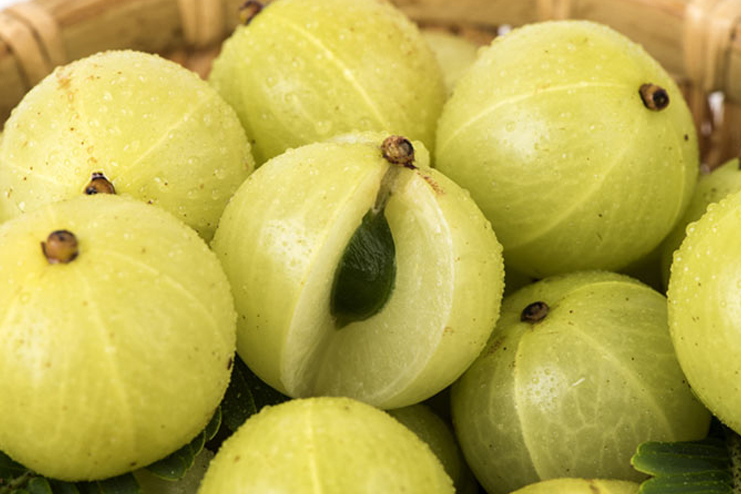
It is rich in vitamin C and helps to strengthen the scalp and hair. it protects the hair from greying and the premature pigment loss from the hair. it is a great natural medicine to treat the dandruff and the dry scalp.
How to Use:
1. Extract the juice from the Phyllanthus emblica and squeeze out the fresh lemon into it and mix it well.
2. Massage the scalp with this solution and leave it aside for 30 minutes and wash it off with the lukewarm water.
5. Coconut oil:

Coconut oil promotes the scalp health and helps to fight against the problems such as insect bites, lice, and dandruff. Coconut oil preserves the moisture of the hair. coconut oil prevents the breakage of the hair, split ends and contributes to the length of hair.
How to use:
Method 1:
You can use the coconut oil as a treatment before washing your kid’s hair. leave the coconut oil for about 30 minutes before the hair wash.
Method 2:
Mix small amounts of camphor in the coconut oil and store it in a bottle. Apply this oil to your child’s hair before going to bed. Camphor cools the scalp and reduces the dandruff.
6. Apple cider vinegar:
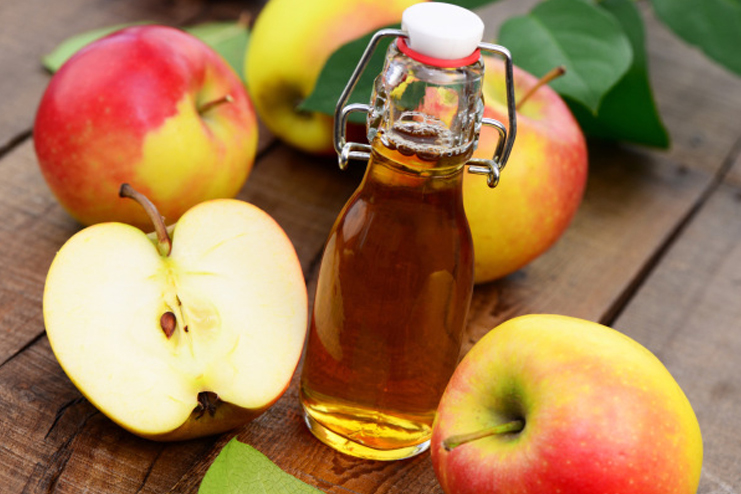
A healthy scalp is the key for healthy hair growth. Apple cider vinegar, being rich in alpha-hydroxy acid helps to nurture the scalp skin. It has anti inflammatory properties and fights against the dandruff.
How to use:
Mix three to four tablespoons of water with one cup of water and store it in a spray bottle. Apply it to the scalp and message for 10-15 minutes before shampooing.
Note: apple cider vinegar can not be applied for the dry hair as it may further dry out the hair.
7. Peppermint oil:
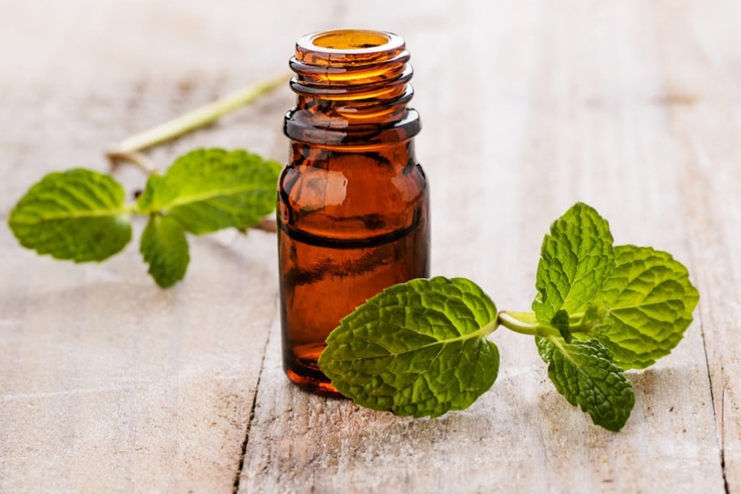
Peppermint oil is rich in pulegone and mentone that helps in strengthening the root hair thereby prevents the hair fall.
How to use:
Mix the peppermint oil with the carrier oil like almond oil or olive oil and apply this mixture to the hair. cover your child’s head with the shower cap for about 30 minutes and wash it off with the normal water. It will work as a great moisturizer for the hair.
8. Hair care routine:
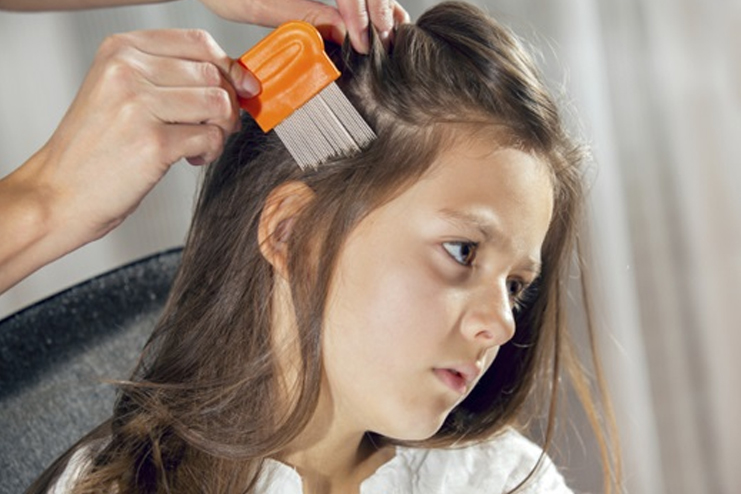
Hair care routine is important from the childhood for the long lasting healthy hair. ensure that the hair care products that you use for your child are chemical free for the proper blood circulation and follicle growth on the scalp.
Use the smooth hair brushes and combs to minimize the hair loss. Instead of using the shampoo directly dilute it before applying it onto the scalp of your child.
When to see a doctor?
Visiting the health care provider is more important especially when the child encounter more amounts of hair loss than usual.
Hair loss is common in all the children. Seek the treatment if :
- The child has itchy or painful scalp.
- Also Child seems to lose the eyebrows and wye lashes
- There are visible bald spots
- And Child loses significantly more amounts of hair than usual.
- The child encounters the hair loss after the medication or illness.
- Child has burn or scalp injury
Children with chronic hair loss that arises due to alopecia areata, and bald spots require the psychological support. A therapist can help the child to cope up well with their feelings about the hair damage.
Help your child to cope with the hair loss:
Losing hair may upset the children at any age. It offers traumatic experience for the child. Here are a few ways that you can help your child to cope with the hair fall
1. Explain to your child why the hair loss has happened and how you are planning to fix it. If it is a result of the underlying disease explain them that it can be treated.
2. If it is not reversible, here are a few ways to hide the hair loss:
- Try a new hair style for your child
- Wig
- Use a hat
- Scarf
3. Get help from your pediatrician regarding the diet and the ways to conceal the hair loss in your child.
4. Offer emotional support for your child and help them get through the hair fall.
5. If your child is a teenager educate them on the concepts of hair fall and give them a clarity about their condition.
6. Keep your child’s hair in a very loose braid.
7. Avoid excessive washing and rigorous combing and brushing of the hair.
In conclusion, hair loss in children may worry both parents and kids. Fortunately, we have many home remedies to get rid of hair loss and prevent before it takes place. Don’t worry in case of permanent hair loss in your children, your emotional support will help them to cope up well with the loss.

